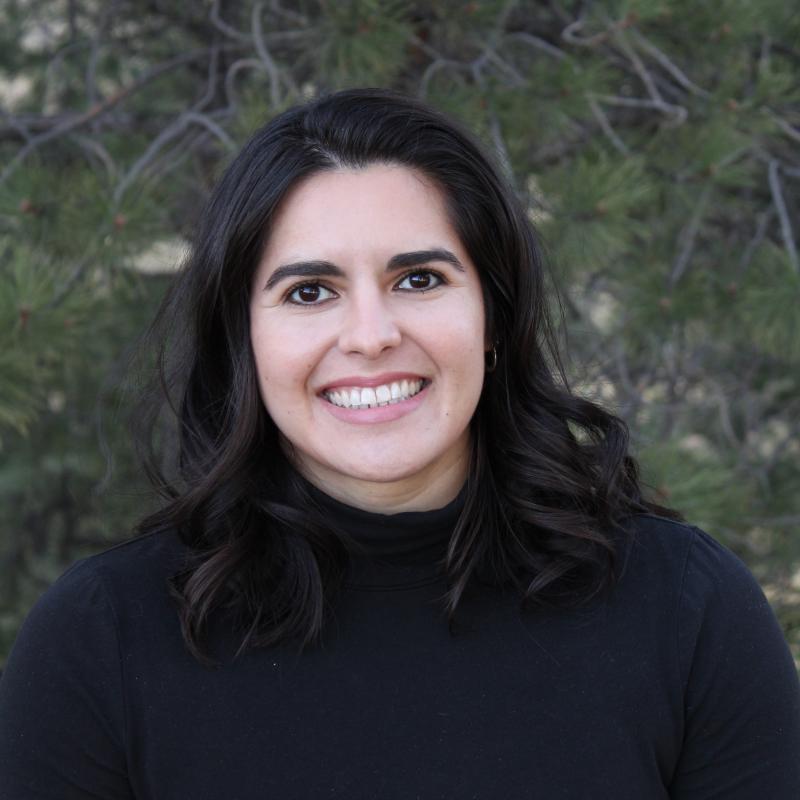PODs in the Wildfire Crisis Strategy
New research extending the utility of the PODs process before, during, and after a fire
The US Forest Service Wildfire Crisis Strategy (WCS) calls for an increase in the pace and scale of hazardous fuel reduction treatments across the Western United States through use of mechanical treatments, prescribed fire, and risk-based fire management. Strategic pre-fire planning with potential operational delineations (PODs) offers a robust framework to support hazardous fuel reduction and ecological restoration objectives within and across ownership boundaries.
[image 1]
Figure 1. Strategic response categories summarized by PODS with the High Complexity and Exclude categories defined by the Tonto National Forests (Thomspon et al. 2022)
The PODs process involves a quantitative wildfire risk assessment (Figure 3) for assessing wildfire risk to highly valued resources and assets (HVRAs) (resources= natural features & assets = constructed features) while providing targeted opportunities to enhance fire control features.
[image2]
Figure 3. The components of the Quantitative Wildfire Risk Assessment Framework along with definitions of key terms.
Where appropriate, these enhancements can be used to de-risk the use of fire to meet hazardous fuel reduction and ecological restoration objectives. Overall, the PODs process represents an important shift toward a more structured, inclusive, scientifically rigorous, risk-based, and easily communicated framework for managing near and long-term wildfire risk.
Project objectives and components:
- Assessing the holding capacity of existing POD networks to inform pre-season treatment prioritization and tactical incident support.
- Retrospective empirical analysis of POD boundary outcomes and key drivers.
- Independent data collection on and around POD boundaries to support analysis.
- Fire behavior modeling to identify treatment thresholds for different fire environment scenarios.
2. Developing a range of seasonally appropriate inputs to Quantitative Wildfire Risk Assessments to inform risk tradeoffs of planned and unplanned ignitions.
- Address seasonal variation in wildfire hazard and risk.
- Inclusion of poorly represented HVRAs (eg. air quality, TEK).
- Integrate temporal variability (immediate, postfire, and future fire risk)
3. Assessing the relative cost, effort, and feasibility of enhancing existing POD networks with treatments to enable increased use of Rx Fire and other risk reduction actions.
- Improve treatment feasibility and cost estimates along and interior to POD networks.
- Quantify treatment effort to meet specific risk reduction objectives.
- Develop risk-based prioritization of treatment opportunities and challenges.
The goal of this project is to provide a series of case studies on three WCS landscapes (Figure 1) that extend the utility of existing POD networks, risk assessments, and other risk analytics. The team at CU Boulder is focused on objective 2 on the Colorado Front Range while working closely with the other two landscapes. Intended outcomes are to reduce uncertainties and promote strategic use of mechanical treatments that enable increased use of planned and unplanned ignitions when and where appropriate to reduce the threats posed by large wildfires burning under extreme conditions.
[image 3]
The project links strategic fuel treatment planning to fire management, post-fire recovery, and cross-boundary landscape-level fire adaptation and resilience. These components extend the PODs process to better prioritize project-level fuels treatments, implementation of prescribed fire, and safer and more effective fire management. The end deliverables will be map-based with specifics driven by user inputs and needs. Some examples could include scenario-based maps of POD holding potential and risk summaries for all or a subset of highly valued resources and assets; near real-time risk estimates driven by forecast weather and landscape conditions; and relative cost, opportunity and prioritization surfaces to help inform treatment planning and prioritization.
Literature Cited
Thompson, M.P., O’Connor, C.D., Gannon, B.M. et al. Potential operational delineations: new horizons for proactive, risk-informed strategic land and fire management. fire ecol 18, 17 (2022). https://doi.org/10.1186/s42408-022-00139-2
Scott, J., Thompson, M., Calkin, D., 2013. A Wildfire Risk Assessment Framework for Land and
Resource Management. In, Gen. Tech. Rep. RMRS-GTR-315. U.S. Department of Agriculture,
Forest Service, Rocky Mountain Research Station, Fort Collins, CO, p. 92.
Project Team
Project Lead
Jilmarie Stephens
Dr. Jilmarie Stephens is a bio-micro-meteorologist studying ecosystem-atmosphere interactions in a changing climate, from surface layer turbulence to ecosystem scale climate, carbon, and water fluxes. Jilmarie received her B.S. and M.S. in Atmospheric Science at UC Davis and her Ph.D. in Soil Science from the University of British Columbia.
